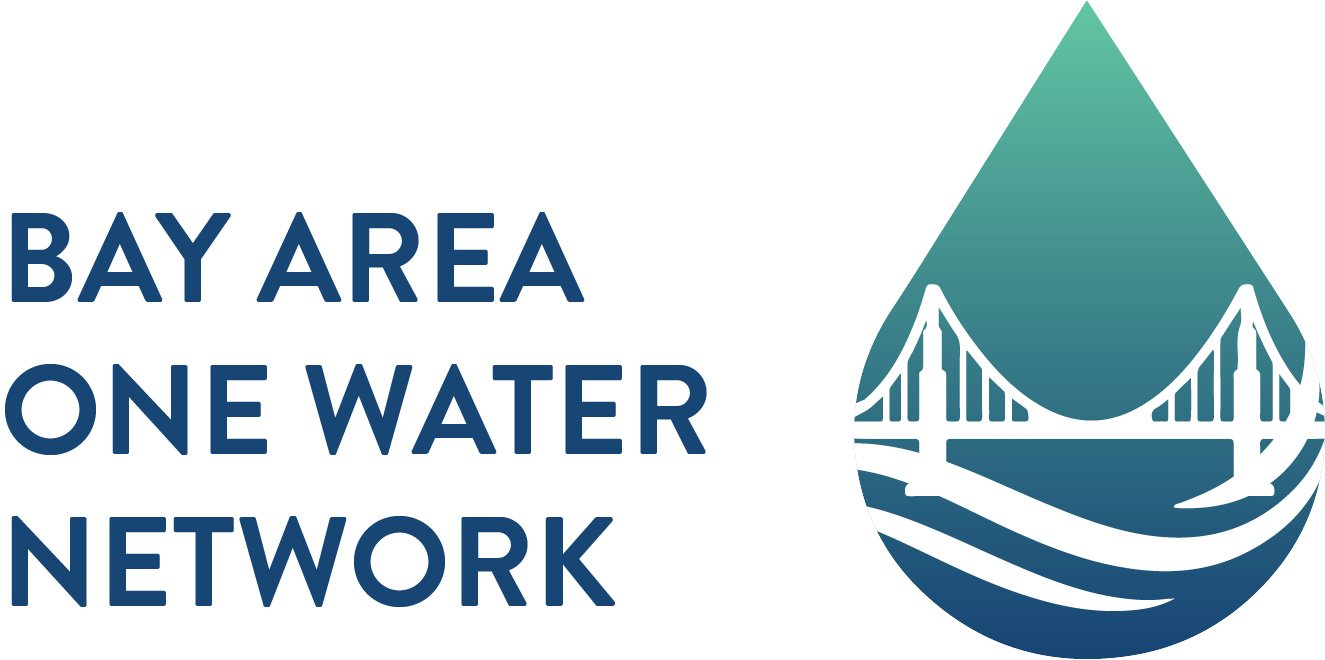Workshop on advancing centralized and onsite water reuse in the Bay Area
The Bay Area One Water Network will hold a workshop in December on expanding opportunities for integrated water management through advancing centralized and onsite water reuse in the San Francisco Bay Area. The Bay Area, like much of California, is poised to recycle much more of its wastewater in the next thirty years. The state’s recent drought has led to calls to accelerate the pace of investment in water reuse, and to create diverse water supply portfolios that can be resilient to changing precipitation patterns and shifting environmental conditions. Increased water reuse could reduce regional reliance on imported water, contribute to a “circular economy” where less resources are wasted, decrease the regional economic impacts of a sustained drought, and reduce pollutant loading to the San Francisco Bay and other surface waters.
Gardens will be irrigated with recycled water from an onsite reuse system at Facebook. Photo credit: Richard Luthy
The ways in which water reuse projects are implemented in the region will determine how these benefits are realized. Presently, many entities in the region are pursuing different types of water reuse projects. Water and wastewater utilities are engaging in projects to increase their capacity to reuse municipal wastewater for irrigation, industry, and potable uses. Simultaneously, some corporate and university campuses, real estate developers and water utilities are pursuing onsite water reuse at a building- or district- scale.
There is no “silver bullet” for water reuse in the Bay Area. However, a lack of coordination could lead to economic inefficiency and send a mixed message to members of the public and decision makers who can help finance water reuse projects. Communication and development of shared visions for water reuse among these different stakeholders, agencies, and organizations can help create integrated water reuse systems for local Bay Area communities. Better understanding of the range of possible approaches, and the implications of each, can avoid unintended consequences (such as (such as constructing reuse projects in excess of available wastewater supply) and facilitate public support for water reuse projects.
Silicon Valley Advanced Water Purification Center’s reverse osmosis system. Photo credit: David Sedlak
While technological improvements continue to make water reuse practices more efficient, advancing water reuse is not a purely technical challenge. It will require planners, advocates, entrepreneurs, legislators, scientists and engineers to build an “innovation ecosystem” throughout the region to support different types of water reuse projects. Developing relationships among people in these different professional roles in the Bay Area will provide a foundation for a path forward. New technologies, innovative partnerships, and clear communication of the challenges and benefits of different types of water reuse projects can help assure an integrated and resilient water future.
The desired impacts of this convening are to:
Develop a shared vision and goals for water reuse in the Bay Area.
Create meaningful connections and facilitate interactions among professionals and organizations with strong interest in advancing water reuse in the Bay Area.
Assess the role of different types of water reuse in the Bay Area and the ways in which they can balanced to achieve various environmental and water supply goals, and share information about projects in which water reuse has been successfully coordinated between agencies, private developers, and/or utilities.
Identify data gaps and science needs to help inform planning decisions for water reuse in the Bay Area.
Define actionable recommendations and implementable strategies for overcoming barriers and advancing the coordinated development of smart portfolios for water reuse.
Sponsored by: (in alphabetical order) Alameda County Water District, Bay Area Clean Water Agencies, Bay Area Water Supply and Conservation Agency, Berkeley Water Center, City of San Mateo, City of Palo Alto, East Bay Municipal Utility District, Marin Municipal Water District, Monterey One Water, National Science Foundation, ReNUWIt, Ross Valley Sanitary District, San Francisco Public Utilities Commission, Silicon Valley Clean Water, Sonoma County Water Agency, Soquel Creek Water District, US Environmental Protection Agency, Valley Water


